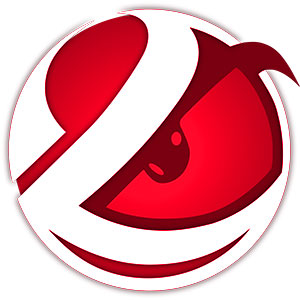In the ever-evolving landscape of sustainable transportation, automakers are continuously exploring groundbreaking technologies. One of the frontrunners in this exploration is Hyundai, which is advancing hydrogen-powered electric vehicles (HPEVs) alongside battery electric vehicles (BEVs). With a rapidly growing interest in both electrification and hydrogen as an alternative fuel, Hyundai has made strides that are both practical and aesthetically pleasing. The recent unveiling of the Initium concept SUV demonstrates that a clear and engaging design language—dubbed “Art of Steel”—can effectively captivate the public and serve functional purposes. This commitment to style does not overshadow the vehicle’s environmental goals; rather, it enhances the overall appeal of hydrogen technology.
Performance and Practicality: Hydrogen’s Promising Potential
Hyundai’s Initium is not just a pretty face. The concept SUV boasts impressive performance metrics, claiming a driving range of over 400 miles (approximately 650 kilometers) on a single refueling. This potential far surpasses that of Hyundai’s existing Nexo fuel cell SUV—a significant advancement for hydrogen vehicles. The Initium serves as a glimpse into the future, as Hyundai plans to unveil a production version of this hydrogen-powered vehicle in the near future. Such advancements position hydrogen not merely as a niche technology but as a viable contender in the mainstream EV market.
Furthermore, this focus on hydrogen aligns harmoniously with Hyundai’s ambitious goal to achieve carbon neutrality by 2050. With this long-term vision, hydrogen vehicle technology is not just an addition to Hyundai’s portfolio; it is a core element of their strategy to redefine modern transportation and push for a cleaner future.
Challenges Ahead: Infrastructure and Market Adoption
Despite its promise, hydrogen technology is not without its challenges. Although hydrogen fuel cells offer significant advantages—primarily the reduction of harmful emissions as they only emit water vapor—the infrastructure required for widespread adoption still lags behind the rapid development of electric vehicle charging networks. Building a comprehensive network of hydrogen refueling stations requires significant investment, regulatory support, and public acceptance. This slow infrastructure development poses a barrier to consumer adoption, as potential buyers may hesitate to invest in hydrogen vehicles without the assurance of convenient refueling options.
Additionally, the technology’s complexities in storage and distribution continue to raise questions. Unlike battery-electric vehicles that can charge at home, hydrogen requires specialized systems for safe and effective management. As such, stakeholders in the automotive and energy sectors must collaborate to establish a synergistic environment for hydrogen vehicle integration.
Hyundai’s efforts to promote hydrogen-powered vehicles indicate a forward-thinking mindset that recognizes both the potential and the pitfalls of this emerging technology. By combining innovative design with impressive functionality, the Initium concept SUV stands as a testament to Hyundai’s commitment to sustainable transportation. Nevertheless, it is crucial to address the challenges surrounding hydrogen infrastructure to ensure that this promising technology can flourish. The journey to a hydrogen-powered future is only just beginning, and automakers like Hyundai are at the forefront, emphasizing the importance of marrying innovation with environmental responsibility.


Leave a Reply